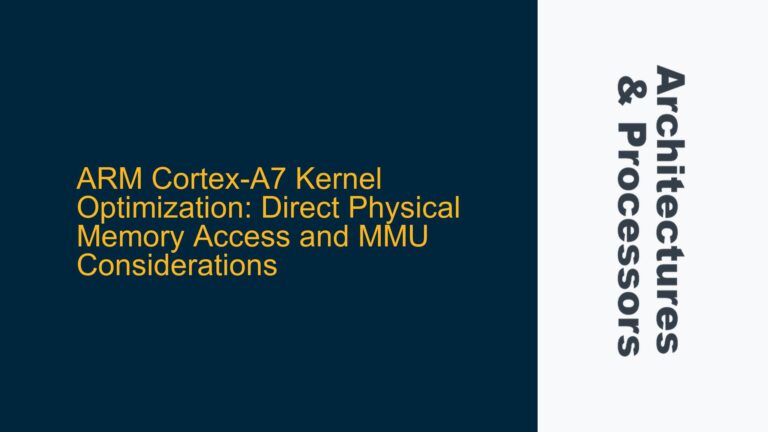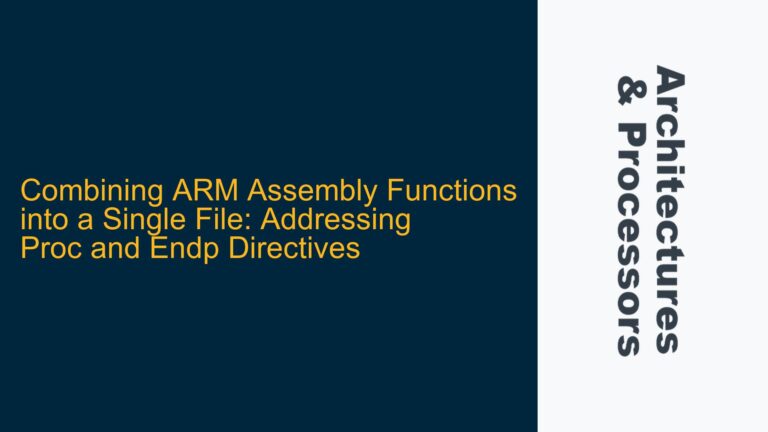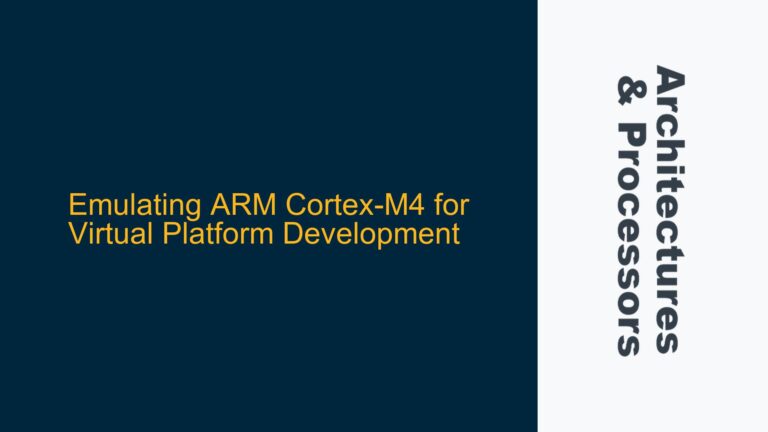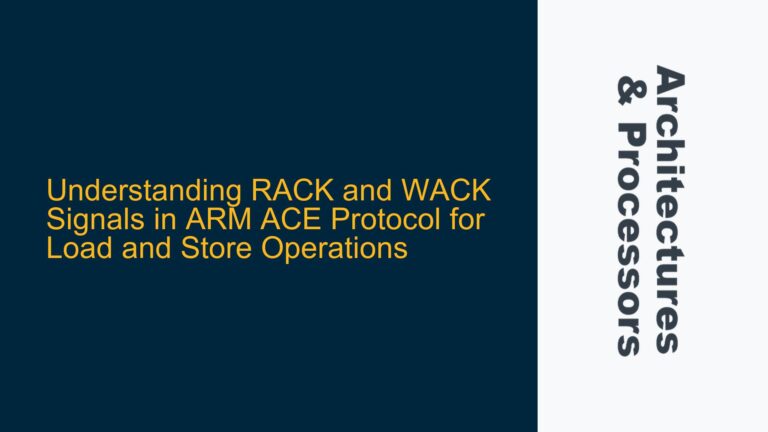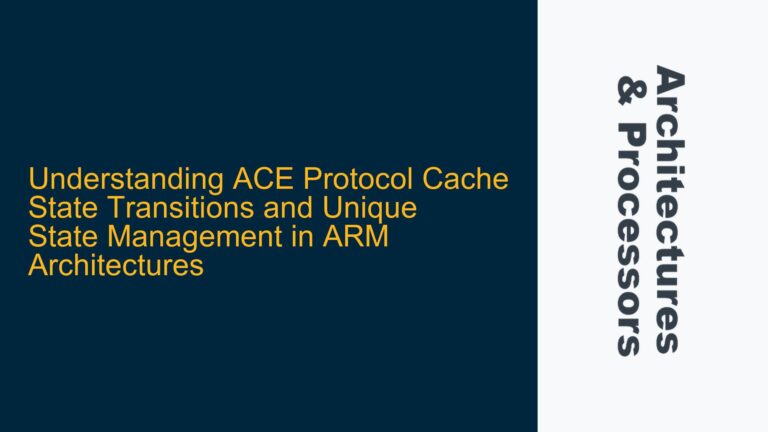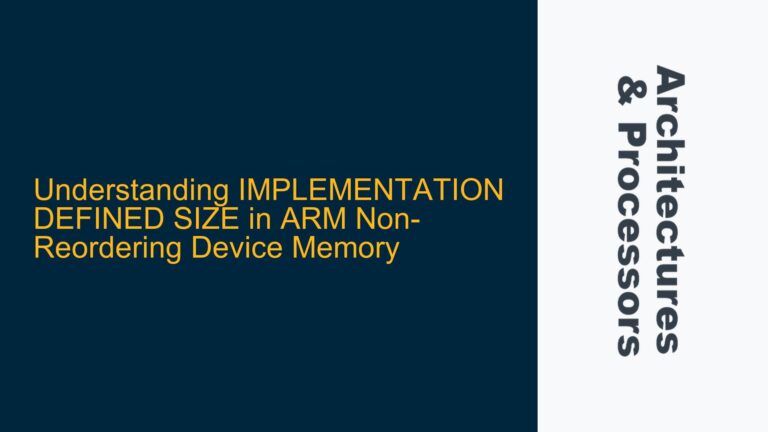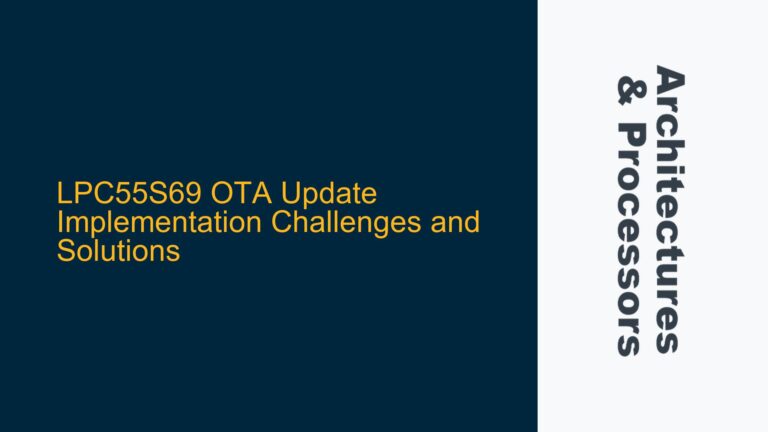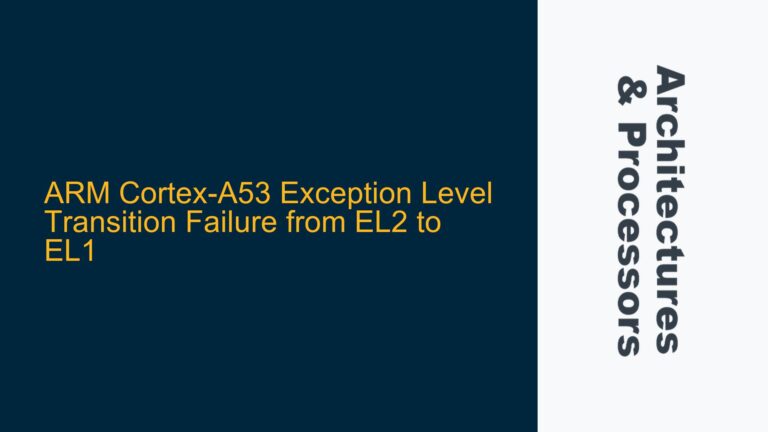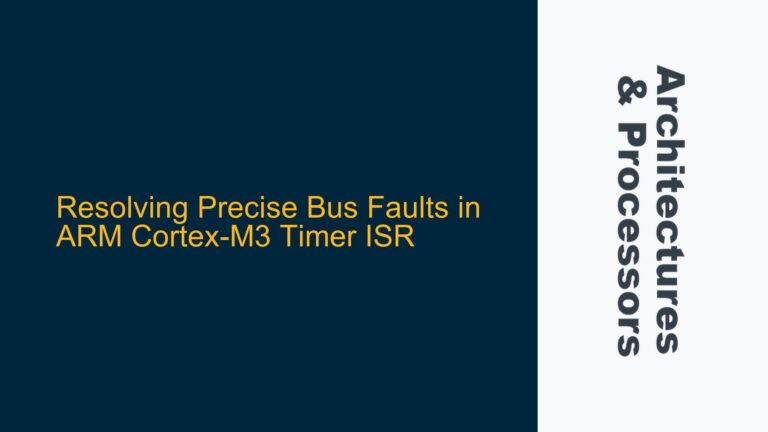ARM Cortex-A7 Kernel Optimization: Direct Physical Memory Access and MMU Considerations
ARM Cortex-A7 Kernel-Level Optimization Challenges and Physical Memory Access The ARM Cortex-A7 processor, widely used in embedded systems, presents unique challenges and opportunities for kernel-level optimization. One of the most common questions from developers new to ARM architectures is whether direct physical memory access is possible at the kernel level and how it impacts system…
